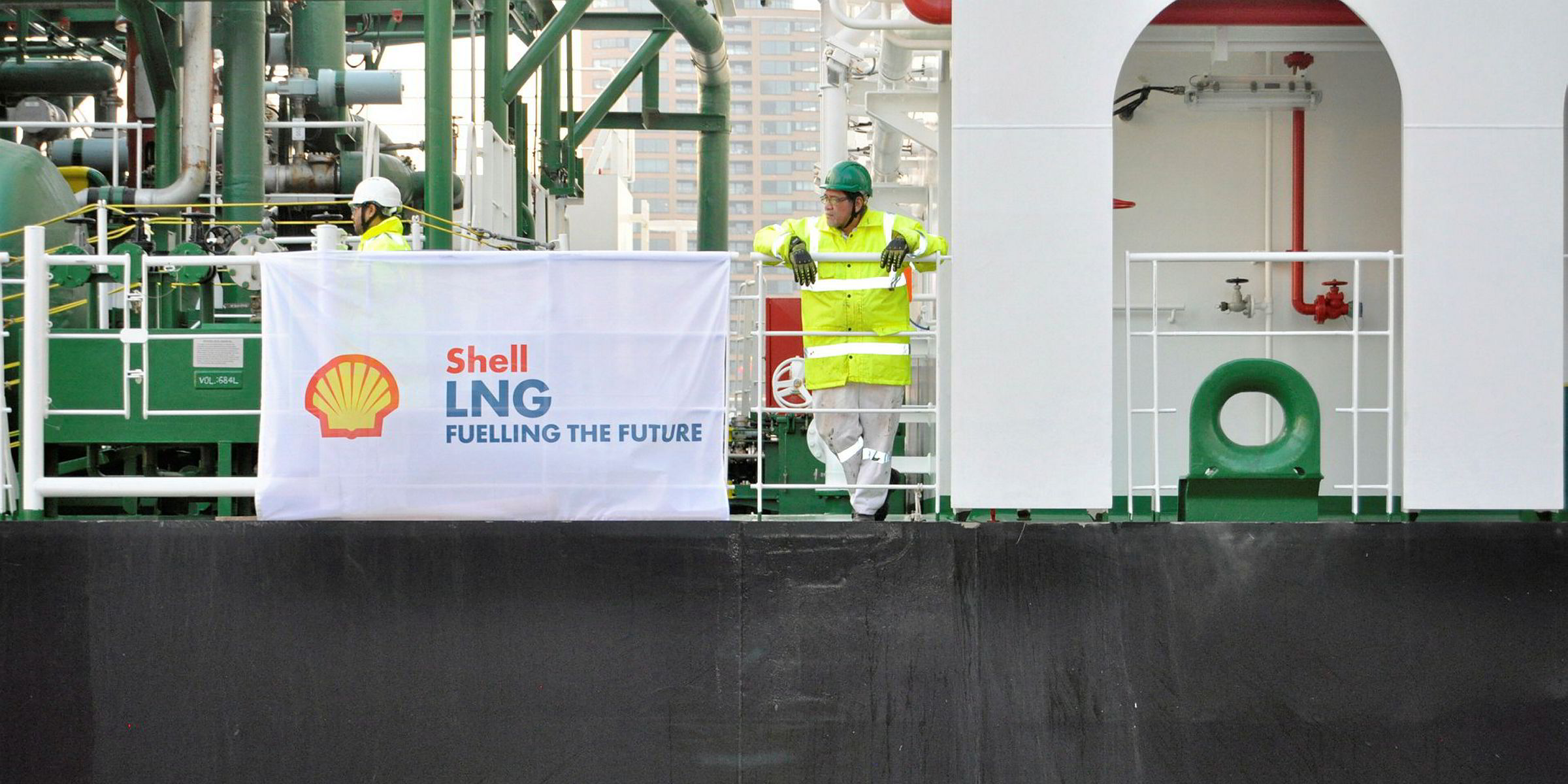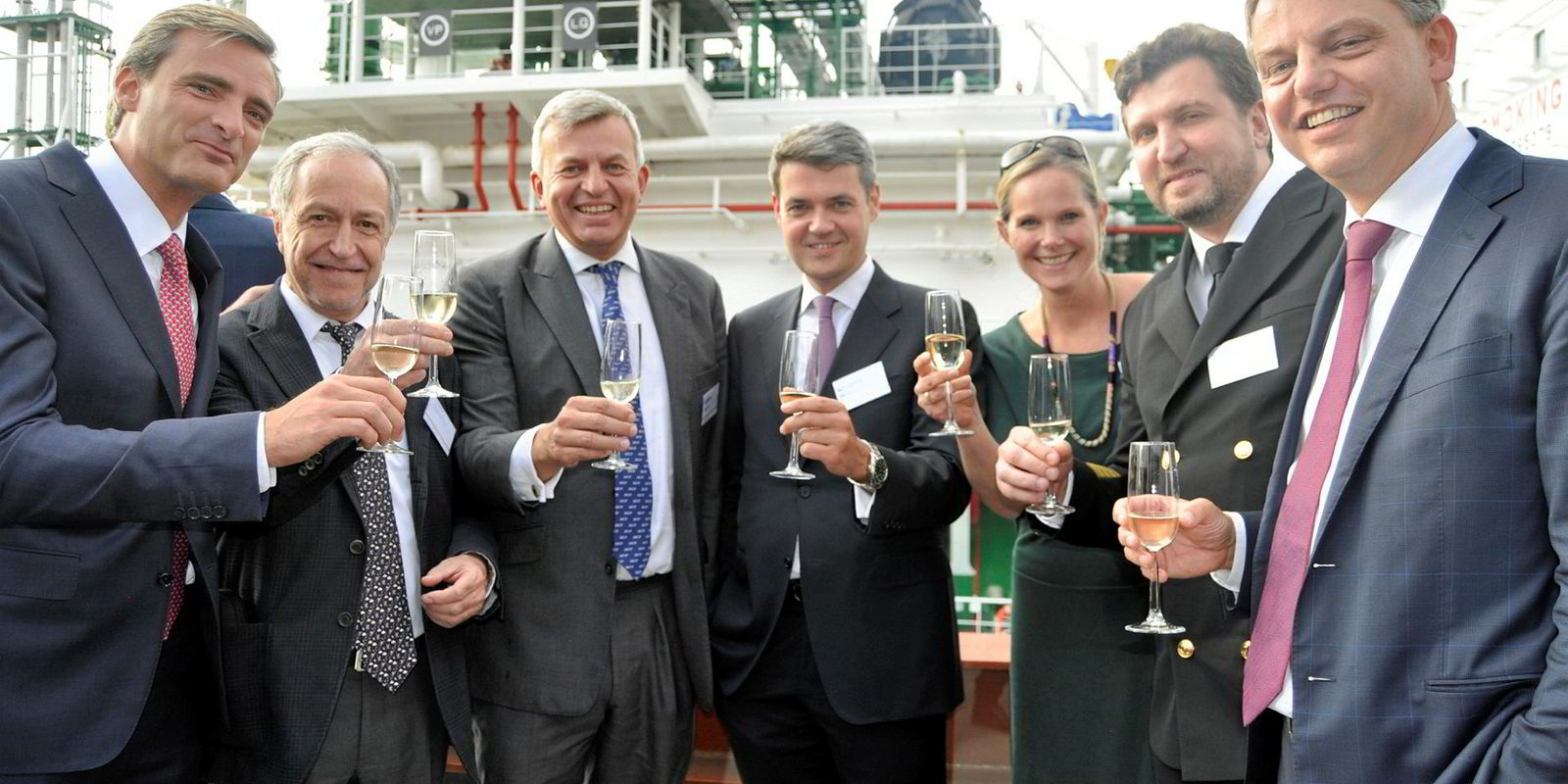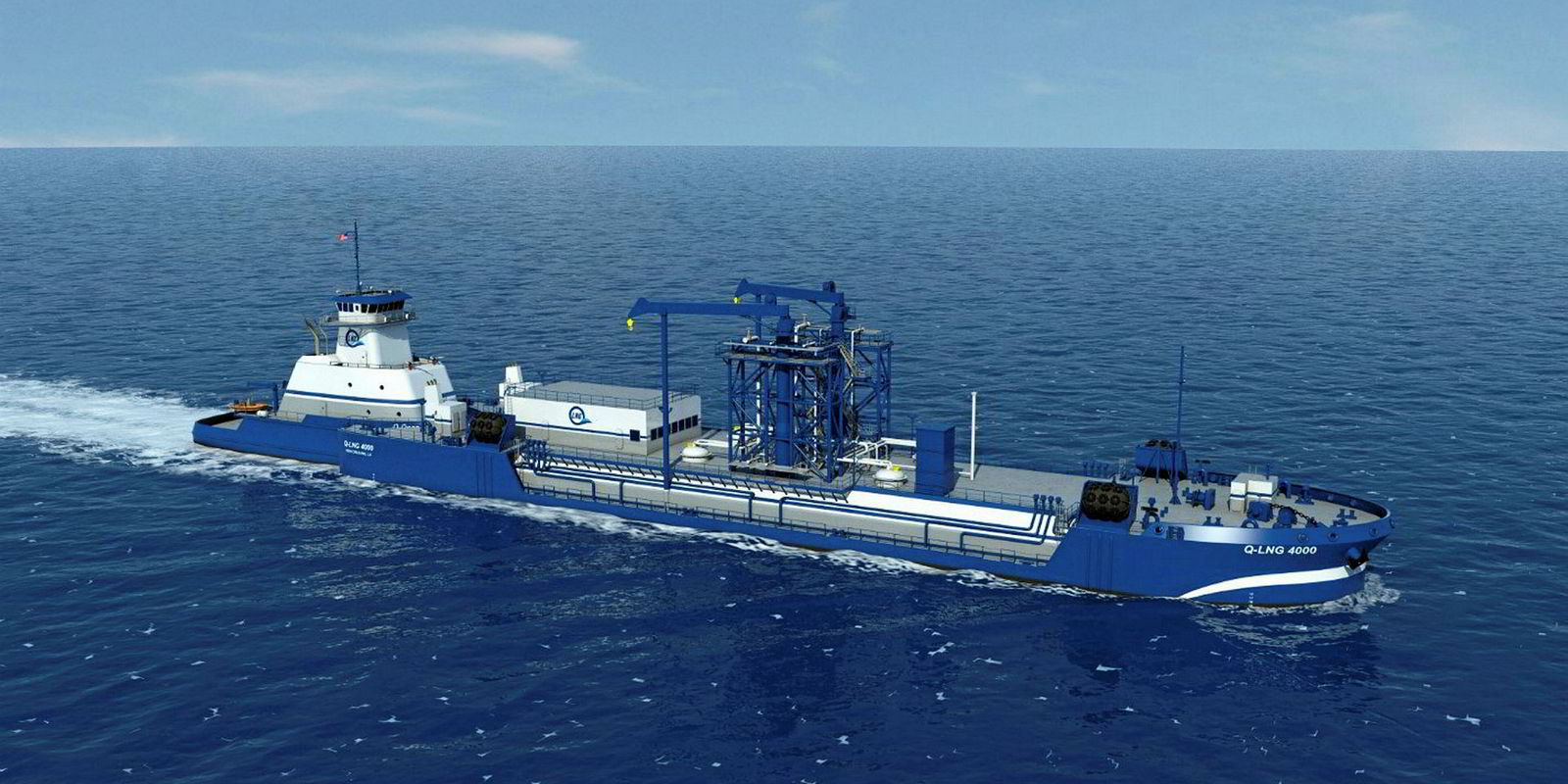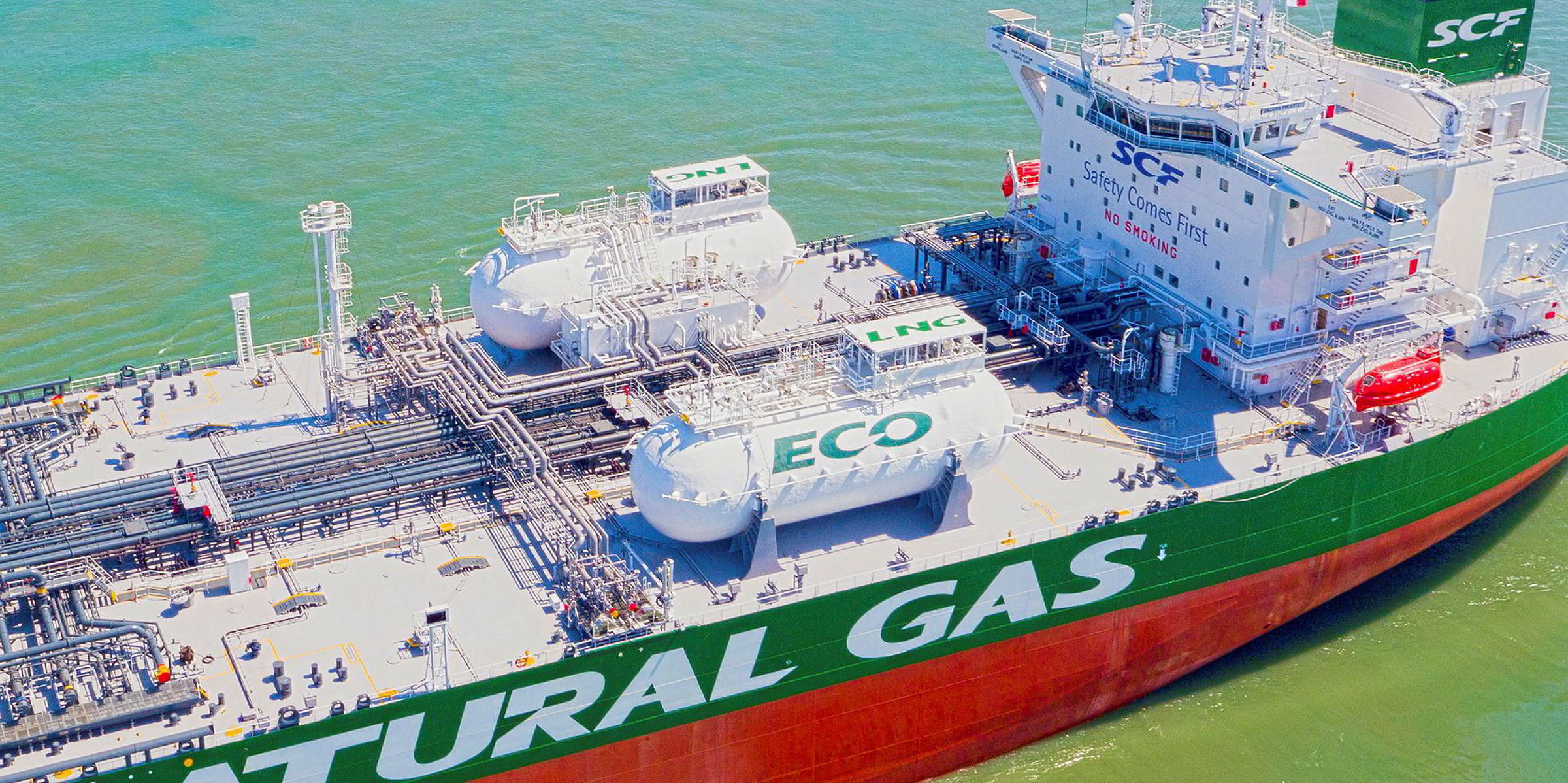Shell has taken the lead in driving the provision of LNG bunkering in Europe and, more recently, in the US and South East Asia, giving it first-hand experience on what issues are preoccupying shipowners.
Arjan Stavast, the energy major's business development manager for global marine LNG and who is responsible for Shell's activities in Europe and the Middle East, works with his team to discuss with major shipping companies and assess if LNG as a fuel could be an alternative for them.
Speak with your suppliers. This is not just buying a fuel. There is a lot of knowledge among suppliers — not just in Shell
He says shipowners are studying the best way forward in managing emission legislation and are focusing on three key areas on LNG.
“They see a cleaner fuel and are asking Shell to support this with evidence,” he says. Shell shares details with them on the advantages of LNG on a “well-to-wake emissions basis”, Stavast says.
“We really capture everything — the whole supply chain from well production all the way to delivery and combustion in the engine,” he says.
Looked at from a local viewpoint, burning LNG virtually eradicates sulphur and particulate matter while vastly reducing NOx, he explains. From a CO2 or greenhouse gas global perspective and depending on the engine choice, Shell sees a reduction of between 10% and 25% over the whole supply chain when compared to using conventional fuels.
Owners are also looking at cost competitiveness. Stavast says the nature of LNG means there are incremental costs involved. “We work with them to ensure there is a competitive business case that helps them achieve a payback over time,” he says.
Stavast says that for vessels trading between Rotterdam and Singapore this stacks up. But if ships trade on routes that are not yet covered for LNG bunkering then the business case gets more challenging.
“I don’t think it is a general trend that it [LNG fuelling] is cost prohibitive,” Stavast says. “The business case typically works but the vessels need to trade on the right route. The question is often can we get access to the LNG.”
Availability is the third factor. “Maybe as a starting point the LNG should come to the customer,” Stavast says. “The customer will not deviate for the LNG.”
Would-be customers want to know where Shell is active, under what conditions they can get supply and how long-term contracts work.
Shell has already put six LNG bunkering units into its portfolio.
These include the company’s purpose-built, 6,500-cbm LNG bunker vessel (LNGBV) Cardissa (built 2017), which is based in the Port of Rotterdam. But the company is also chartering-in two specialised barges for use in northern Europe and the US, has retrofitted an existing chartered-in LNG carrier to carry out LNG bunkering operations and teamed up on an LNGBV newbuilding for Singapore.
“We are constantly looking at what is needed to serve our customers,” Stavast says. But he adds that it is not just about LNGBVs. The availability of LNG, jetty slots, Shell’s own technical support and when the market requires it are also factors in the equation.
“What we know from working with shipowners is that there tends to be a reluctance to be first,” he says. But he details that in almost all segments of the market there are now examples of companies who have invested in LNG-fuelled ships.
“I guess the industry doesn’t have to worry about being first [now],” he says. “They can still be a quick second.”
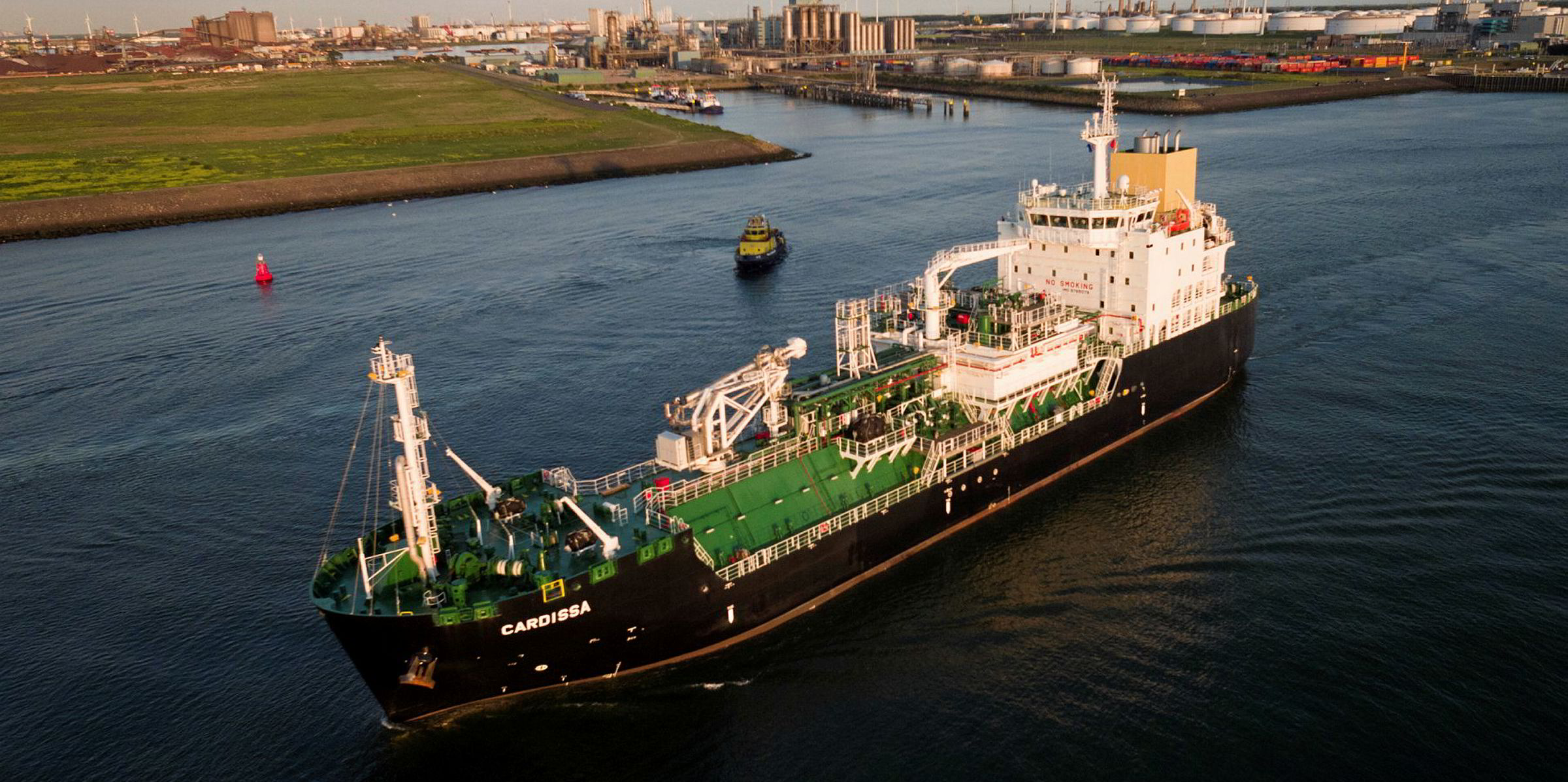
His message to shipowners is: “Speak with your suppliers. This is not just buying a fuel. There is a lot of knowledge among suppliers — not just in Shell.”
But he is also keen to reference the company’s 60 years of experience in LNG. Shell's trading arm has also been a customer, taking four LNG-fuelled aframax tankers on charter.
“In this new product to this market there are a lot of learnings that can be carried over to owners that will in the end make their business case better as well."
Shell's LNG bunker tonnage
| Name | Size (cbm) | Built | Vessel type | Owner | Charterer | Base/Area of use |
| Cardissa | 6,500 | 2017 | LNG bunker vessel | Shell | N/a | Rotterdam/northern Europe |
| London | 3,000 | 2019 | LNG bunker barge | Victrol and Compagnie Fluviale de Transport | Shell | Rotterdam/ARA region |
| Coral Methane | 7,500 | 2009 | retrofitted LNG carrier | Anthony Veder | Gasnor | northern Europe |
| To be named | 4,000 | 5:3 | LNG bunker barge | Q-LNG Transport | Shell | US East Coast |
| To be named | 7,500 | 2020 | LNG bunker vessel | FueLNG | Shell | Singapore |
| Pioneer Knutsen | 1,100 | 2004 | LNG carrier with STS capability | Knutsen OAS Shipping | Gasnor | northern Europe |
